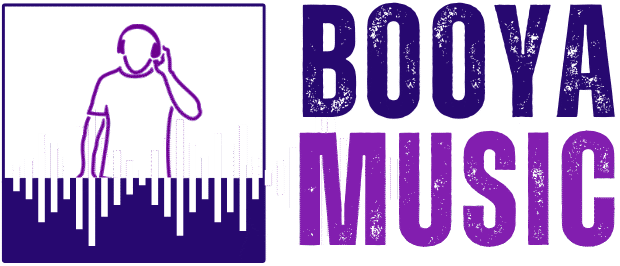Lighting is the most important and basic tool in a photographer’s arsenal. Without even being fully aware of it, the photographer uses their lighting tools to produce the final image on the paper or digital image. This is why the right lighting is crucial to the success of the image. And the problem is that the photographer’s lighting tools are too often ill-thought-out, poorly-made, and poorly placed.
In the world of film, light is everything. The right lighting can make a scene jump off the page. In the world of digital photography, you must understand how to set up your lighting correctly so that you can show off your best images. One way to achieve this is to learn about studio lighting.
What Is Studio Lighting?
When it comes to photography, lighting is everything. Lighting is the heart of the camera’s final image, and studio lighting is the best way to ensure the camera produces its best images.
Studio lighting is a set of tools that you can use to control the quality of light entering your photography studio. These tools include thousands of lighting fixtures, light-diffusing products, and a variety of studio lighting modifiers. This tool is a crucial part of the photographer’s craft, and yet only a small fraction of photographers is lucky enough to have access to professional lighting.
Studio Lighting is just that, lighting that comes from a single source. In the past, this has been achieved by using all-natural light, which may have its own benefits, but these days, the lighting we all have at hand is artificial. There are many types of artificial light, ranging from fluorescent to halogen, HMI, LED, and more. These lights are designed to illuminate specific areas and can be controlled to strike the perfect amount of light at the right time.
The benefits of studio lighting are not limited to just photographers. Lighting is utilized in just about every industry, from fashion to automotive to food photography. It is also used in many non-photographic industries, such as construction, architecture, and even the movie industry.
Why Is It Important?
Light is one of the most important tools a photographer can use to create a great image. Without proper lighting, a photo will not look very good at all. An image made to look fantastic with perfect lighting will look just as good if the lighting is off. Because of this, lighting is one of the most important parts of photography.
Lighting is important for many reasons. Onset, balance, fill, and diffusion are the four main lighting goals, and you can achieve them by using different types of lights. The amount of light your scene requires is determined by the amount of light you want to illuminate, and you can achieve this through either a light source or a modifier. A modifier is a device that attaches to a light source and changes its color, intensity, or direction.
Lighting is a crucial part of the studio. Without it, you lose the whole purpose of being in a studio. There are many types of lighting, and not enough people realize how important it is. Not only is it important for the studio but you as well. Knowing what type of lighting is best for a situation is important in both the studio and personal life.
Some Basics About Studio Lighting
Getting a good studio lighting system is essential for any serious photographer, but it can be a tough sell. This is especially true in today’s saturated market, where consumer electronics and cheap lighting products are everywhere. But the good news is that there is a smart way to get started.
When setting up your lighting, it’s important to get the right balance between the key light, fill light, and backlight. The key light is the one that creates the main source of light for your image. The fill light is the one that fills in the shadows. The backlight is the light that focuses on the subject alone. The backlight also creates color contrast. Don’t be afraid to use a backlight. If in case the lighting doesn’t work properly, make sure to call an expert from somewhere similar to Wenbrooke Services to repair the fixtures.
Conclusion
You can’t have a successful portrait shoot without adequate lighting. You might think that since you’re a photographer, you can figure out where the best light is, but this is rarely the case for most people. You might have an office in a big building with windows on three sides that provides plenty of natural light, but it’s unlikely that this will provide enough light for a successful portrait shoot. You might have a beautiful room that looks like a stage with a beautiful window on one side, but the reflection will likely impact the lighting.
